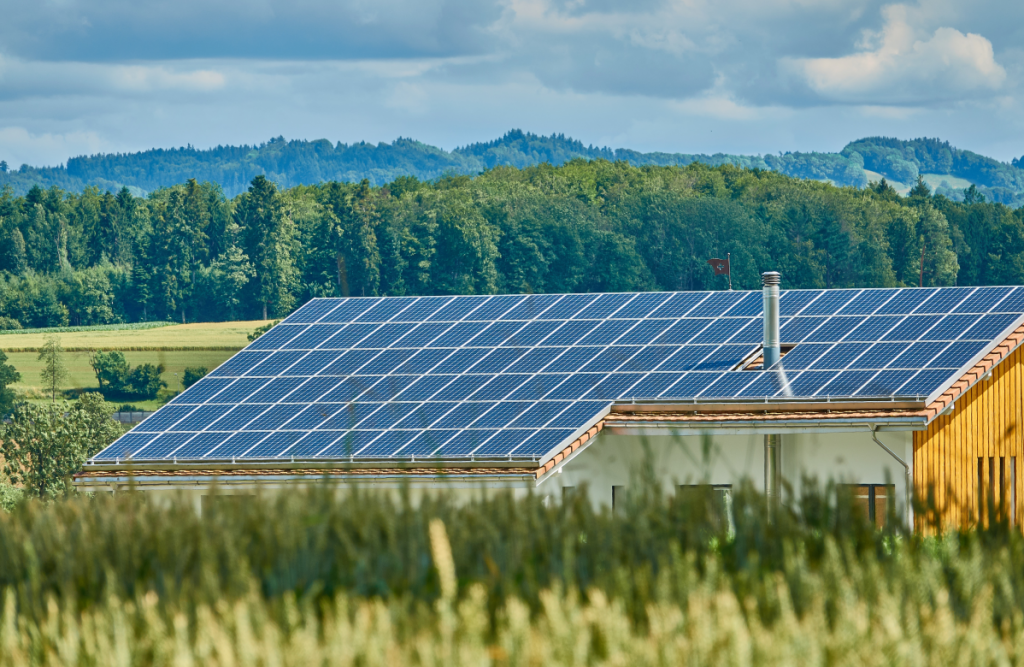
In the first half of 2023, China’s renewable energy installed capacity exceeded 1.3 billion kilowatts, surpassing coal power in history
On July 31, the National Energy Administration of China held a regular press conference for the third quarter. Data show that as of the first half of 2023, China’s installed capacity of renewable energy exceeded 1.3 billion kilowatts, reaching 1.322 billion kilowatts, an increase of 18.2% year-on-year, historically surpassing coal power, accounting for about 48.8% of my country’s total installed capacity. From January to June, China’s newly commissioned new energy storage installed capacity was about 8.63 million kW/17.72 million kWh, which is equivalent to the total installed capacity of previous years. The newly commissioned new energy storage stimulated direct investment of more than 30 billion yuan.
At present, the China Energy Administration has incorporated the operation scheduling and market transactions of new energy storage projects into the key supervision contents of the electric power field. Ancillary services market.
Renewable energy installed capacity surpasses coal power
According to reports, in the first half of the year, China’s new installed capacity of renewable energy was 10,900 kilowatts, a year-on-year increase of 98.3%, accounting for 77% of the newly installed capacity. Specifically, in the first half of the year, China’s new grid-connected wind power capacity was 22.99 million kilowatts, including 21.89 million kilowatts of onshore wind power and 1.1 million kilowatts of offshore wind power; The distributed photovoltaic power generation was 37.46 million kilowatts, a year-on-year increase of 234%, and the distributed photovoltaic power generation was 40.96 million kilowatts, a year-on-year increase of 108%. As of the end of June 2023, the cumulative installed capacity of wind power and photovoltaic power generation in China will reach 389 million kilowatts and 470 million kilowatts, respectively.
In terms of power generation, China’s renewable energy power generation in the first half of the year reached 1.34 trillion kWh, of which wind power photovoltaic power generation reached 729.1 billion kWh, a year-on-year increase of 23.5%.
Dong Wancheng, deputy director of the Development and Planning Department of the National Energy Administration, said that in the first half of this year, the investment in China’s key energy projects exceeded 1 trillion yuan, a year-on-year increase of 23.9%. Among them, the investment in new energy accounted for nearly 40%. The construction of centralized photovoltaic projects in Gansu, Xinjiang, Shanxi, Hubei, Yunnan, Guangdong and other places accelerated, and the completed investment amount exceeded 10 billion yuan; More than 12 billion yuan. In addition, investment in new formats such as integrated energy, new energy storage, and charging infrastructure continued to expand.
Liu Yafang, deputy director of the Energy Conservation and Technology Equipment Department of the National Energy Administration of China, said that from the perspective of investment scale, based on current market prices, the new type of energy storage that was put into operation in the first half of the year drove more than 30 billion yuan in direct investment.

The scale of new energy storage installations is growing rapidly
As of the end of June 2023, the cumulative installed capacity of new energy storage projects that have been built and put into operation in China exceeds 17.33 million kW/35.8 million kWh, and the average energy storage time is 2.1 hours. From January to June, the newly commissioned installed capacity was about 8.63 million kW/17.72 million kWh, which is equivalent to the total installed capacity in previous years.
In terms of technical routes, lithium-ion battery energy storage still occupies an absolute dominant position, and relatively mature energy storage technologies such as compressed air energy storage, liquid flow battery energy storage, and flywheel energy storage maintain rapid development. As of the end of June 2023, all-vanadium redox flow battery energy storage accounted for 1.1%, compressed air energy storage accounted for 1.0%, and lead-acid (carbon) battery energy storage accounted for 0.9%.

shenzhen buyit
In addition, as of the end of June 2023, the cumulative installed capacity of new energy storage in Shandong, Hunan, Ningxia, Inner Mongolia, Xinjiang and other places will exceed 1 million kilowatts. The installed capacity of new energy storage in North China, Northwest China and Central China accounted for 30.0%, 26.8% and 23.5% of China respectively.
As for the reasons for the continuous and rapid growth of China’s new energy storage installed capacity in the first half of the year, Liu Yafang said that there are four main reasons: First, the continuous and rapid expansion of the construction scale of wind power and photovoltaic power generation has rapidly increased the challenges posed to the safe and stable operation of the existing power system , it is urgent to vigorously develop all kinds of energy storage to make up for the gap in the flexibility and adjustment capacity of the power system. “In the first half of the year, the new grid-connected installed capacity of wind power and photovoltaic power generation in the country reached 101 million kilowatts, which is the root cause of the rapid growth of new energy storage.” The second is the continuous improvement of the top-level design supporting the development of the technology industry; Energy storage technology forms complementary advantages; Fourth, the enthusiasm of relevant enterprises, universities, institutions and local governments to develop new energy storage technology, industry and engineering applications is unprecedentedly high.
Liu Yafang said that at present, the National Energy Administration of China is organizing and carrying out comprehensive supervision in the electric power field, and the operation and dispatch of new energy storage projects, market transactions, etc. Large-scale development and consumption of renewable energy such as wind and solar energy will ensure the safe and stable supply of electricity.
